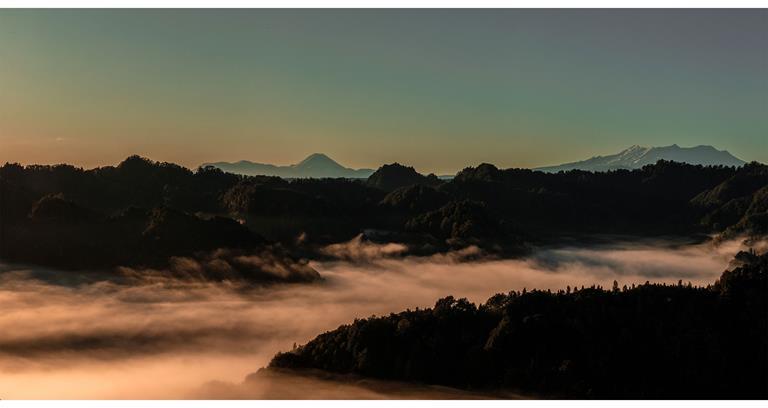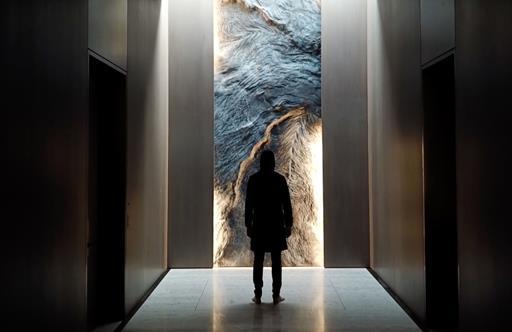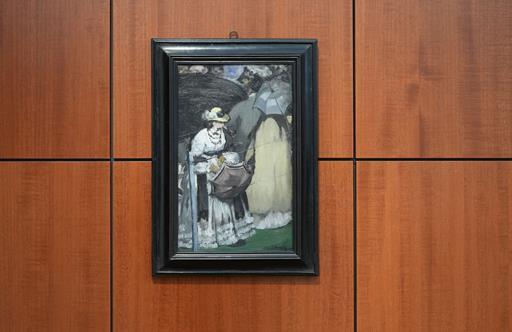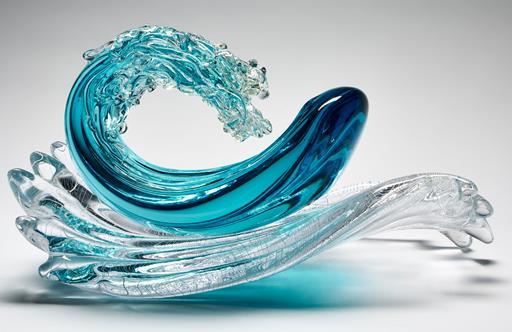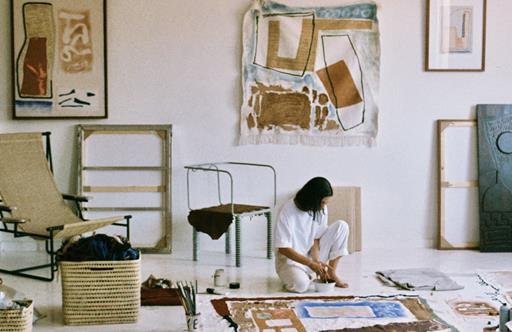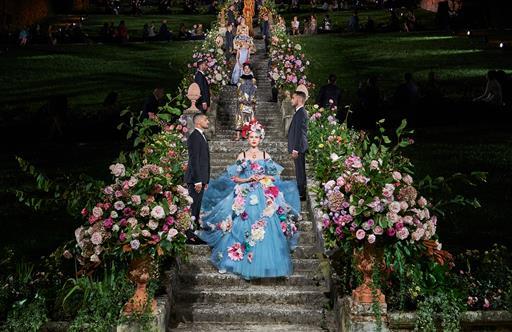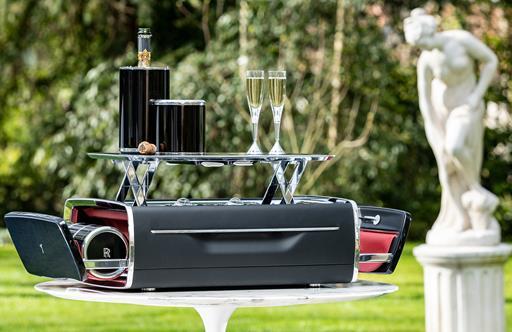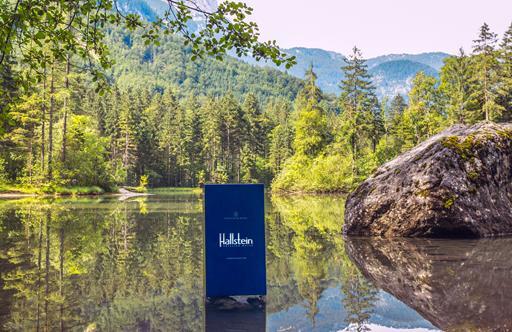Destination Dining
From stunning views of central Sydney to New Zealand's North Island, the journey is half the reward at these Antipodean gourmet temples.
If you have dinner reservations at New Zealand’s most remote restaurant, best have a bite to eat before you set off. Not that chef Jack Cashmore stints on the food he serves at The Chef’s Table at Blue Duck Station; it is just that the trip from Auckland takes a while.
“The information is on the website but for many people, it’s not until they put it into Google Maps that they realise, ‘Oh, it’s five hours away’,” Cashmore says. “The last 30-odd kilometres are on gravel and that just gets you to the main station. Then it’s another seven kilometres into the bush by ATV [all-terrain vehicle] to reach the restaurant.”
Set on a hilltop in a nearly 3,000ha privately owned station in the Ruapehu district of the North Island, with views over the Tongariro and Whanganui national parks, the 10-seater Chef’s Table makes no apologies for being hard to get to. In fact, that’s precisely the point.
 (photo: Plateau Productions)
(photo: Plateau Productions)
“You get swallowed by the remoteness of it,” says the British-born Cashmore, who fell in love with the local landscapes and helped build the restaurant as well as the on-site cabins where diners can overnight. The extreme isolation has another benefit: meals tend to be convivial because “no one is rushing off to catch the last train home,” he laughs.
To Cashmore, the seasonal restaurant (it shuts during the coldest months) is a celebration of its location. The plates on his 10+-course hyperlocal menu – such as smoked eel, apple and onion tart – mainly feature ingredients farmed, foraged and grown at Blue Duck Station, and, before their meal, guests join a two-hour ATV safari highlighting the property’s conservation efforts.
The joy of exposing diners to this special place is worth the challenges involved, Cashmore says – and there are plenty of those. The off-grid restaurant relies on rainwater, so “every guest is not just an extra menu to prep: you have to think of the extra gas, the extra water, the extra space in the ATVs”.
 (Orianna Photography)
(Orianna Photography)
Cashmore is not the only chef trying to pull off the ultimate culinary highwire act: that is, delivering fine dining in a location far from the everyday conveniences of civilisation. Over in Australia’s Red Centre, a desert dining experience designed by Ayers Rock Resort has been awarded a hat (similar to a Michelin star) by the prestigious Good Food Guide.
That’s pretty good going for an open-air experience that runs only during the cooler half of the year (it is open from April to October). In fact, Tali Wiru (the name means “beautiful dune” in the local Anangu language) is consistently the resort’s highest-rated experience.
 © Voyages
© Voyages
Guests who are amazed by the quality of food on offer – from an amuse-bouche of chestnut and celeriac velouté to a perfectly cooked toothfish served with chanterelles, warrigal greens, macadamia gremolata and Davidson plum and blood orange reduction – are even more amazed when they see the tiny shack in which the team produces three-course feasts for up to 20 diners.
“It’s a combination of a carefully considered menu and our very talented kitchen brigade constructing the mise en place to make sure it all comes together,” says Matt Cameron-Smith, CEO of the resort’s parent company, Voyages Indigenous Tourism Australia.
 (Photo: Tourism Australia)
(Photo: Tourism Australia)
Not every culinary challenge lies out the back of beyond. Chef Luke Mangan managed to uncover one in the heart of Sydney – inside the South-East Pylon of the Sydney Harbour Bridge, where he launched Luke’s Table at the Pylon Lookout at the end of 2022.
The idea for the spectacular restaurant – offering a set menu to 20 diners sitting at a single table – was born in the Covid era, when Mangan was mulling over ways in which to revive the hospitality and tourism sectors. Guests have to climb 200 stairs up to the lookout but, in return, they get to snap selfies with the Harbour Bridge directly behind them in one direction and a backdrop of ferries cruising past the Opera House in the other.
 © Luke Mangan
© Luke Mangan
The catch for Mangan’s team is that they are not allowed to leave anything in the heritage-listed space overnight, which means schlepping not just the tables and chairs but also the induction ovens and all the other equipment up those same 200 steps every afternoon before service.
“We prep all the produce, take it up the 200 stairs in Eskies and finish slicing and dicing up there,” says Mangan, who is often on kitchen duty himself. After the guests leave, the same crew has to take all the rubbish and equipment back down again – and do it all over again the next night.
The reward is the excitement on the faces of the diners as they realise that they are enjoying their wagyu beef and prawn ravioli in lobster bisque in a truly one-of-a-kind venue. “It’s not only the best restaurant view in Australia – I reckon it’s the best restaurant view in the world,” says Mangan proudly. “You can eat at the Eiffel Tower, but then you’re not looking at it. Here you have it all – the harbour, the Harbour Bridge and the Opera House.” © Luke's Table
© Luke's Table
Header photo: Plateau Productions
